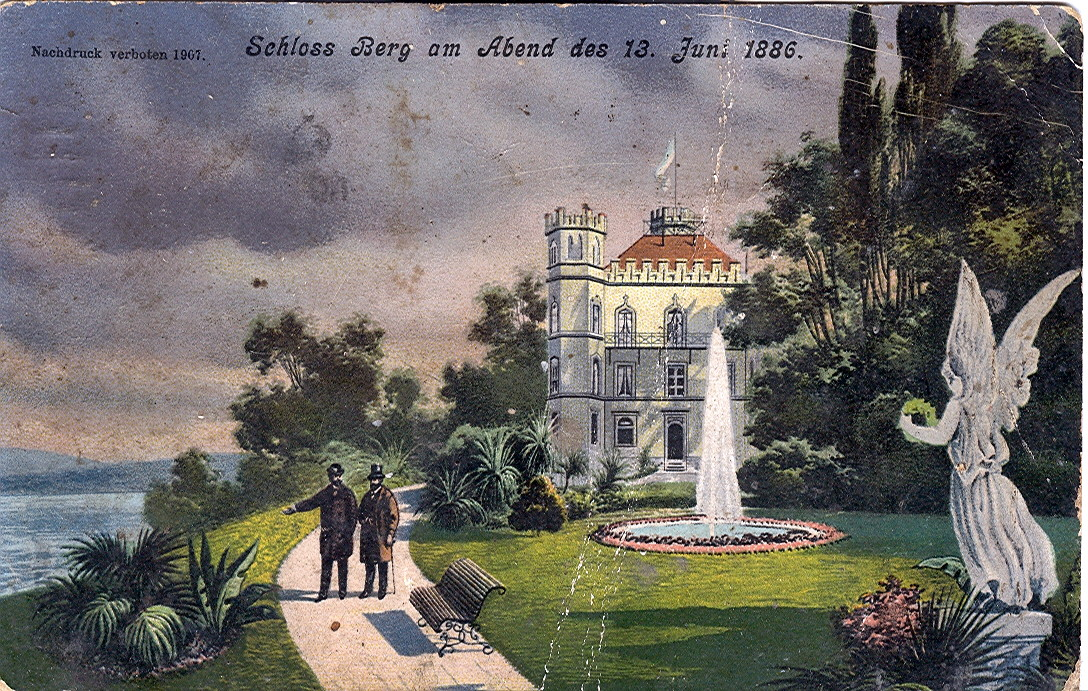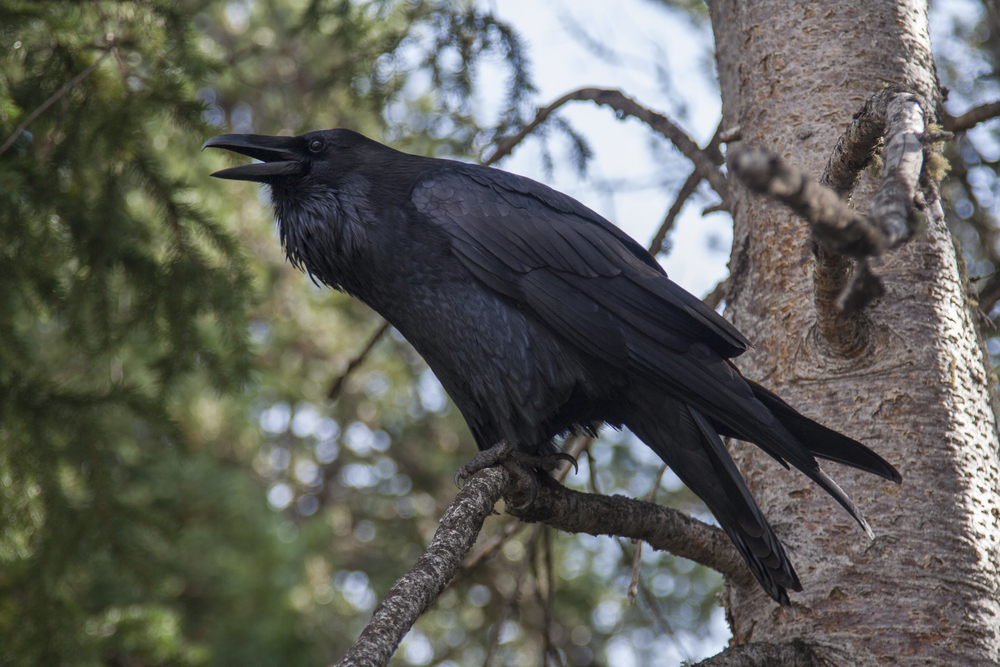If trees could talk, what stories they could tell! This stately giant watches over the path that Bavaria’s King Ludwig II walked only minutes before he died in 1886. It might be just old enough to solve Germany’s greatest unsolved mystery, if only...
There’s only one thing more disconcerting that waking up and hearing strange noises in the night. Waking up and finding a stranger in your bed is worse. Even if it’s only a small child. One of my favorite anecdotes of any Civil War general...
Germany shocked the law enforcement world in 2010 with an ingenious idea: Why not use turkey vultures to search for dead bodies in murder investigations? Turkey vultures hunt with their sense of smell and scientists say they’re the best sniffers...





Recent Comments